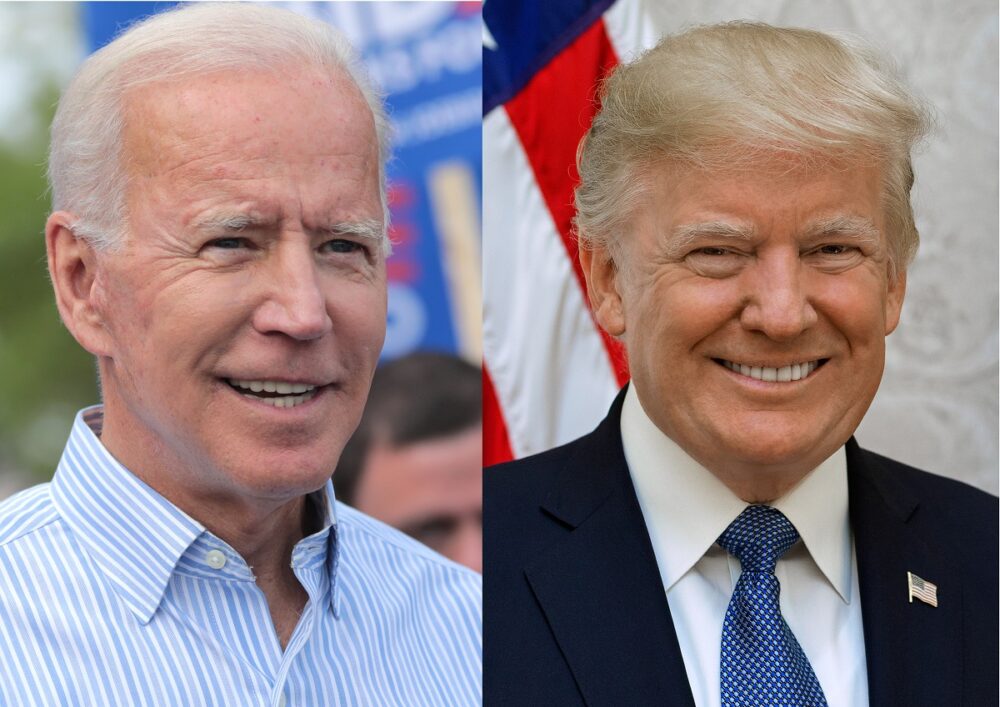In most messaging intended to encourage voter turnout, we are reminded of the “issues on the ballot.” From Roe v. Wade to the Affordable Care Act (ACA), many key issues are used as justification to vote for the candidate who supports one’s own stance. For many Americans, this rhetoric works because 20 million people have coverage under the ACA and, according to a CBS News poll from June 2020, 63 percent of Americans support upholding Roe v. Wade. While these issues affect millions across the country, the future direction of science and research has received little attention. Depending on which candidate is sworn into office in January, STEM’s support could drastically increase or decrease across social, fiscal, and policy realms.
Those in the field of science ought to consider that their research may be affected by the election. The National Science Foundation’s (NSF) budget alone provided $6.5 billion for research and related activities in 2019, and many research institutions — including universities — rely heavily on federal funding for their research. Within the federal government, President Donald Trump’s budget proposal for the 2020 fiscal year would have reduced the National Institute of Health’s budget by $5 billion from 2019’s $34.4 billion, the NSF’s by $603 million from $8.1 billion, and the Environmental Protection Agency’s by 31 percent, with further cuts across other agencies. The exception, however, was the $362 million increase that would go to the Food and Drug Administration. Despite President Trump’s record of reducing science and research funding across the federal government, his future plans for science funding have largely been undiscussed. However, given the significant cuts to the same departments in the 2021 budget proposal, it’s unlikely that the President will provide more funding for scientific research in a second term.
Conversely, Democratic candidate Joe Biden favors funding federal scientific agencies. He proposes a $300 billion dollar increase, over the next four years, in research and development across the same agencies that Trump proposed budget reductions for. Although, his campaign doesn’t detail how that funding will be distributed.
However, there’s one scientific issue that has been detailed and is making headlines: climate change. Biden’s plan would commit $1.7 trillion from the federal government over the next 10 years to invest in clean and renewable energy. While not as ambitious as the more recognized Green New Deal, it aims to reach net-zero emissions by 2050 and has been considered the most ambitious climate action plan by a presidential candidate in a general election.
it aims to reach net-zero emissions by 2050 and has been considered the most ambitious climate action plan by a presidential candidate in a general election.
The Trump administration, however, has already reversed 68 environmental regulations and protections, with 32 more reversals in the process. The President’s campaign website also features his administration’s actions to promote the production and use of fossil fuels with little mention of climate change action. The administration’s only action to reduce carbon emissions came with the enactment of the Affordable Clean Energy rule, which sets vague standards for emission reductions and is internally inconsistent — resulting in higher emissions at some coal plants and overall being ineffective in combating climate change.
Trump and Biden’s stances on science don’t only differ in funding or policy; at a more fundamental level, they have different beliefs and attitudes about the field. During the COVID-19 pandemic, the Trump administration acted late to control the spread of the virus, neglected the advice of public health officials, and downplayed its severity in its nascent stages. In spite of the public health guidelines to socially distance and wear masks, President Trump didn’t aggressively advocate for either. He contracted the disease himself and spread it to other members of his party. Biden, on the other hand, claims he will rely heavily on public health officials to communicate credible information and make decisions.
What does this all mean for the future of STEM? Based on prior attitudes and actions, it would stand to reason that science under a Trump administration would continue to be relegated to a marginal priority and ethos, have reduced funding, and be undermined by the commander-in-chief. Under a Biden administration, science would be at the forefront of policy making and gain funding and support.
I haven’t conjectured about any of the candidate’s actions or stances — I’ve merely reiterated their viewpoints and the consensus amongst the scientific community. As much as we in the field would like to believe it, science has never been apolitical. More than ever, the 2020 election proves that fact — and that science itself is always on the ballot.
Sources: 1 // 2 // 3 // 4 // 5 // 6 // 7 // 8 // 9 // 10 // 11 // 12 // 13 // 14 // 15 // 16 // 17 // 18
Image Source: Wikimedia Commons






